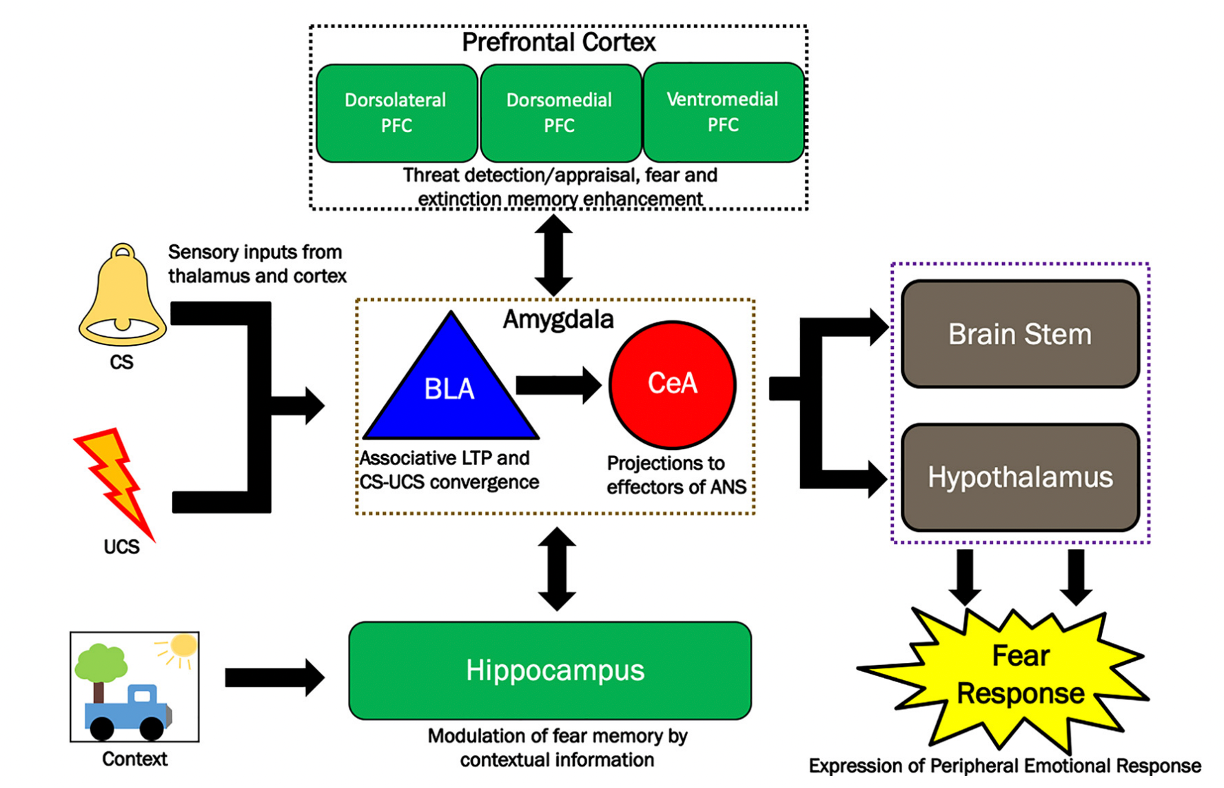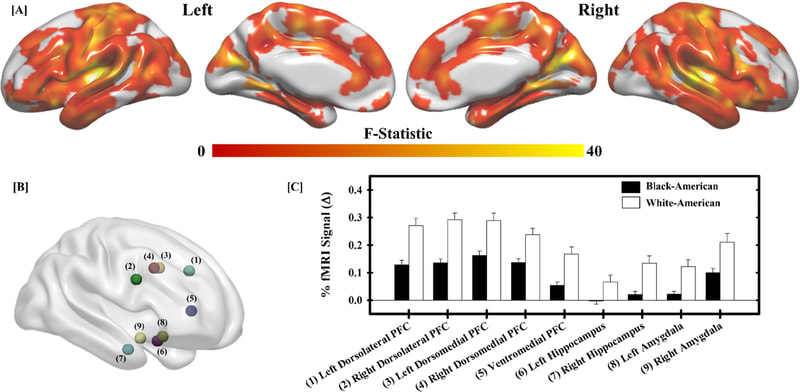Research
Our laboratory primarily investigates how the brain deals with highly stressful and traumatic events. To that end, we engage in a number of multidisciplinary research projects using a variety of techniques and approaches. Some of the core research areas of the laboratory are listed below.



